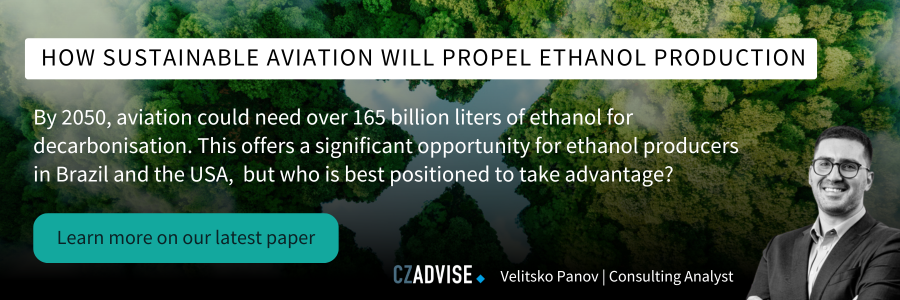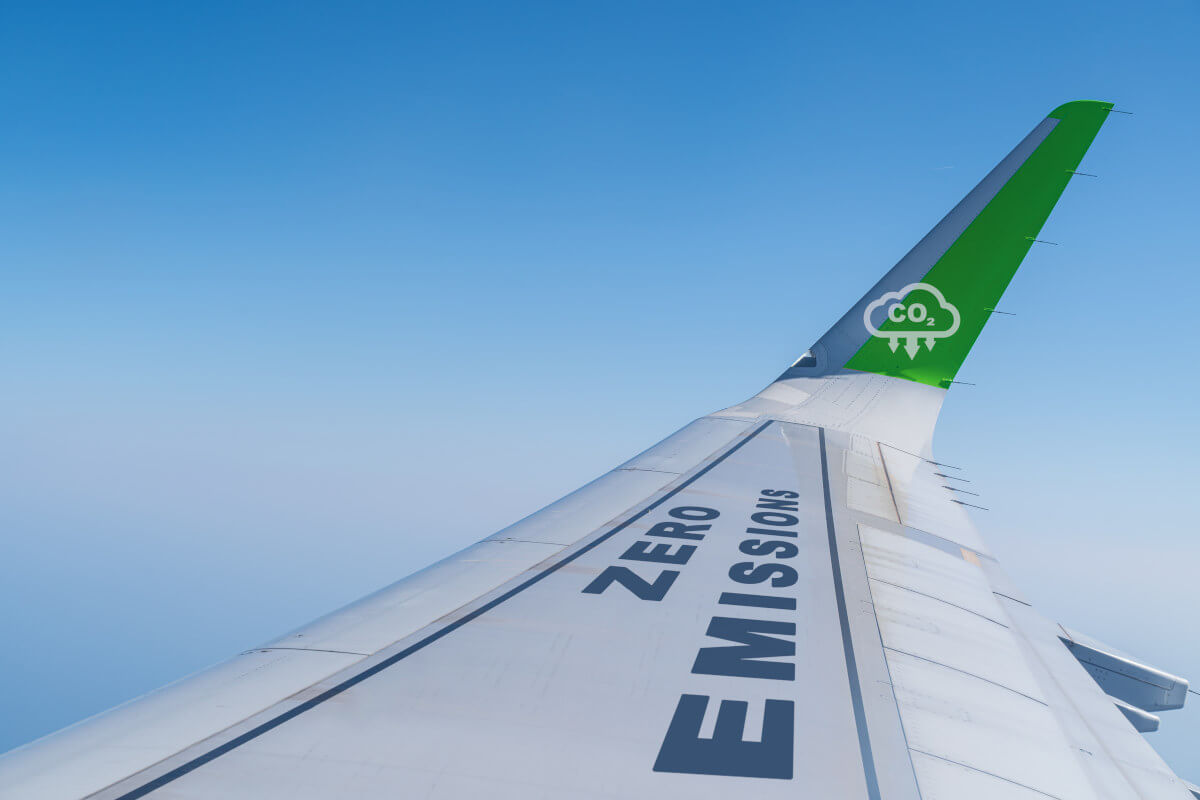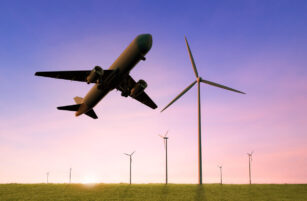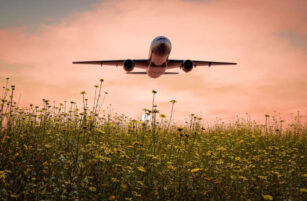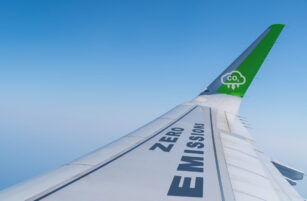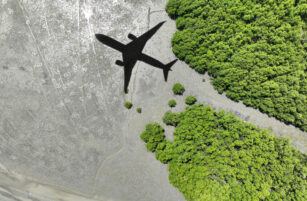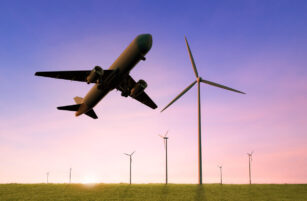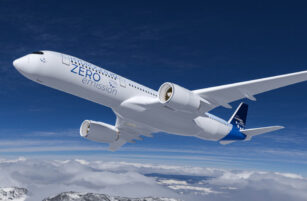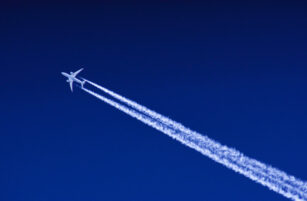Insight Focus
The aviation industry’s net-zero goals face hurdles due to SAF production issues. A recent report from Cambridge University warns of unmet targets from inadequate action and poor biomass choices. Key challenges include contrail emissions and scaling SAF responsibly.
SAF’s Role in Achieving Net-Zero Goals
We interrupt our review of the technical processes that lead to SAF, which is about to drill down into the Alcohol-to-Jet (AtJ) process, to have a look at the wider impact of SAF, and what its prospects are. Are we on the right track to net-zero, or are the headwinds too strong?
Almost every day there are new publications, missives, conferences and seminars addressing the matter of SAF and the hopes and fears built into it. At its best, SAF is the new Moses and will part the waves of climate change to lead the faithful all to the shores of Net Zero. At worst, it is a conceit deployed to tell folk what they want to hear and bears only passing resemblance to the truth.
Reality is somewhere between these extremes, but where? Let’s see what some bright, unbiased truth sayers from Cambridge University say.
Cambridge Report Highlights Net-Zero Challenges
A report published this week poses the overarching question, “Is the aviation Industry going to achieve its net-zero goals?” Briefly and perhaps unsurprisingly, the short answer is “no.”
Unwrapping this a bit, it appears that we have no shortage of targets and pledges, but we are going to miss them because we are not doing enough, and in some cases, we are doing the wrong thing.
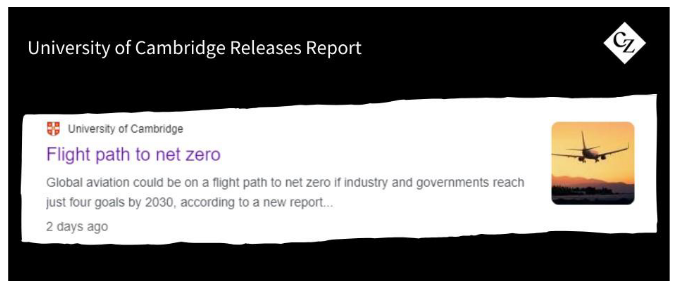
So, what went wrong? Overall, we’ve done too little, we’ve made some poor choices regarding biomass feedstocks, and we’ve not done enough on non-fuel climate effects, particularly the growing subject of contrails.
Can we recover in time to catch up with our targets? Well, yes, but only just, and we need to get a move on. Four things we need to do have been grouped together and covered in some detail.
Four Key Strategies for SAF Penetration
First, we need to recognise that contrails – the white lines an aircraft leaves at altitude – are a significant component of environmental harm. Technical experts refer to this as ‘radiative forcing,’ where radiation cannot escape due to contrails and the clouds they generate, contributing to warming. Every effort needs to be made to better understand how flight operations can be adjusted to reduce them. The rewards are likely to be significant, although hard-won, as factors such as airspace congestion may restrict options and diminish any benefit.
Secondly, efficiencies must be ruthlessly pursued and implemented, including the modernisation of the aircraft fleet. Also, interestingly, it is mooted that aircraft should be flown more slowly to gain efficiency, and aircraft flights should be matched to their design range.
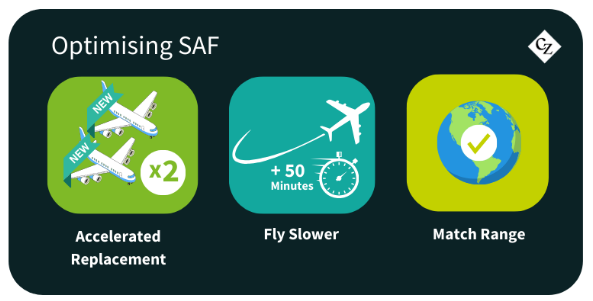
Thirdly, SAF must be produced and used at scale, taking care not to create dependence on biomass that might create competition with other sectors and lead to environmental damage.
Fourthly, and finally, ambitious leap-in-the-dark stuff – moonshots – should be supported on the basis that a new, transformative technology may provide extra, unforeseen benefits, such as hydrogen and other new fuels.
We will explore these four points in greater detail next time, focusing particularly on a comprehensive review of SAF, including its risks and limitations.
